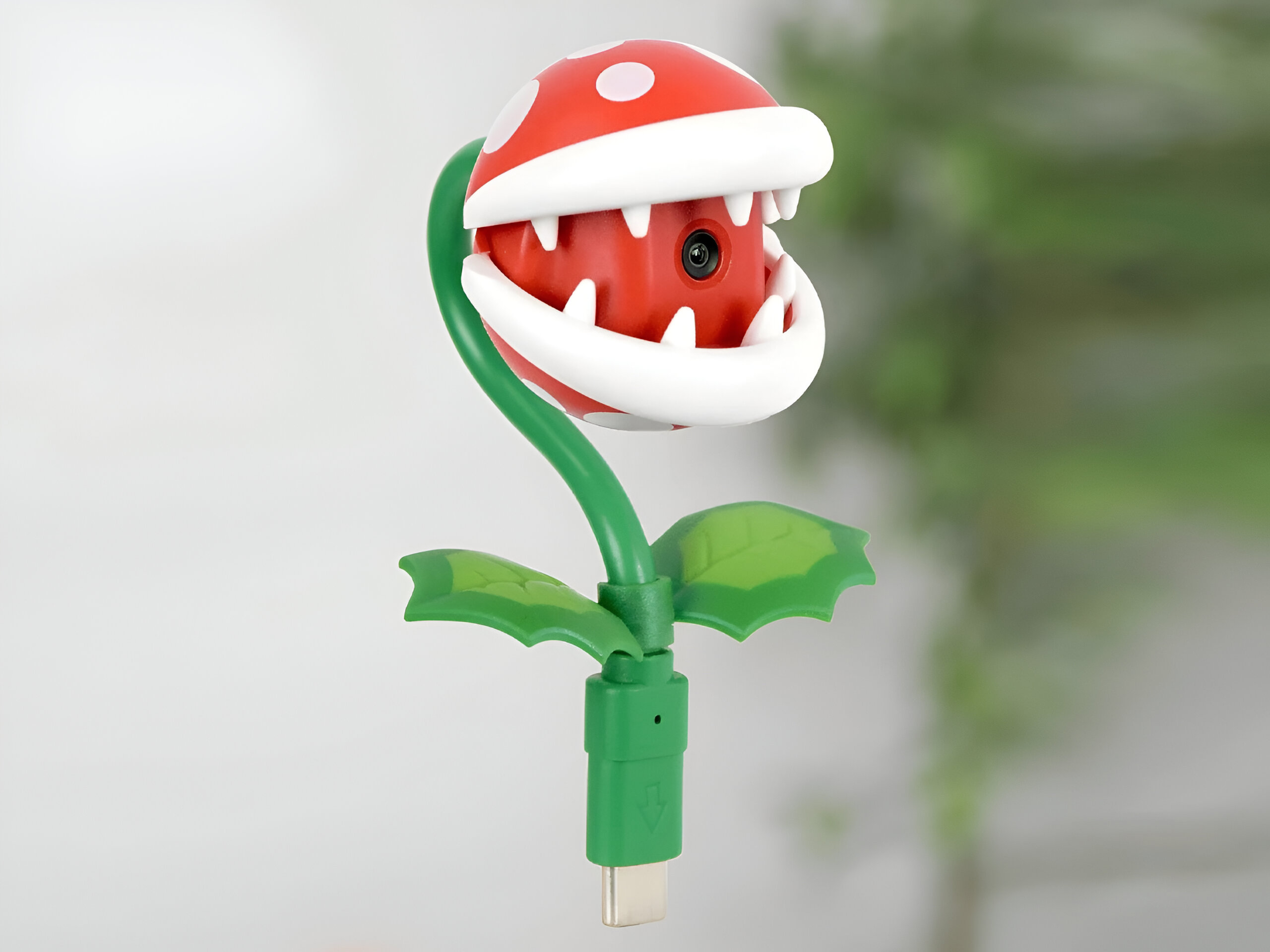Finding meaningful connections with our past grows harder each day, especially as the toys that once filled our childhoods now sit forgotten in attics or behind museum glass. Those simple wooden blocks and soft cloth dolls actually taught us creativity without needing a single screen or battery. Meanwhile, things like Silly Putty and Slinkys secretly demonstrated science principles to us while we were just enjoying their weird, wonderful behaviors. When you look at the journey from Lincoln Logs to Minecraft, you can see how play constantly adapts while our basic needs for fun and learning haven’t changed a bit.
These beloved objects reveal so much more than just nostalgia. They show us exactly who we were and who we’ve become over time.
15. Lego Building Sets (1949)
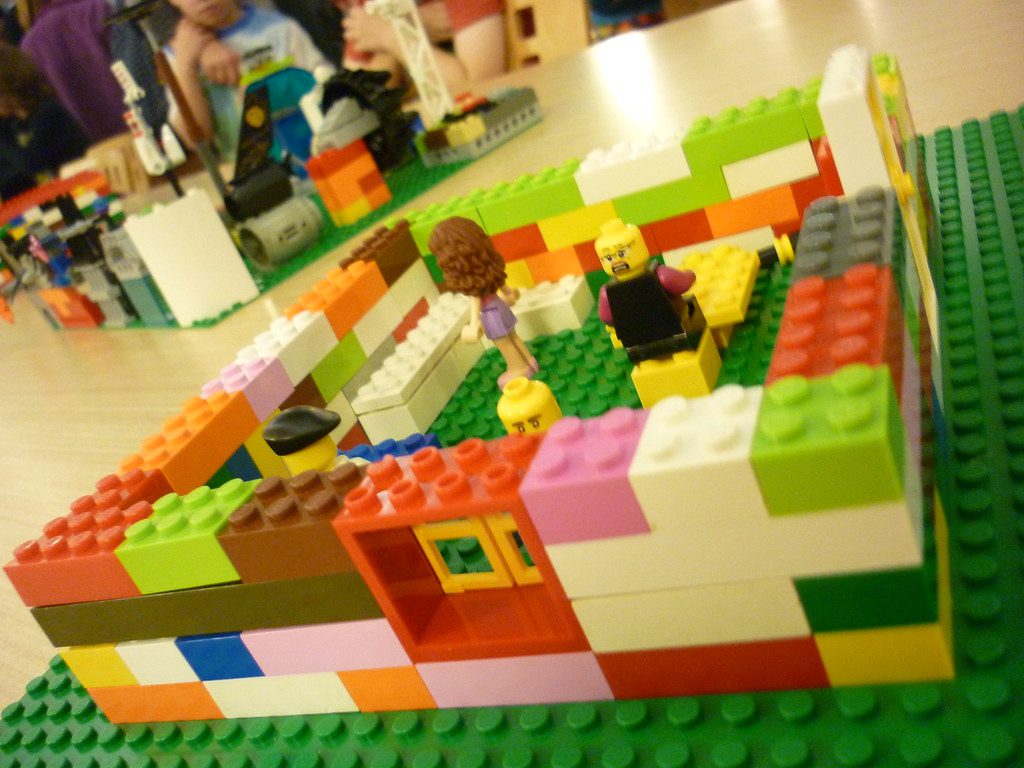
Interlocking with perfect precision, Lego bricks transform ordinary play into architectural masterpieces that span generations. Lego’s genius sits in its modular system – pieces from 1949 still click perfectly with today’s sets. For a look at some of the best modern toys and games that build on this legacy of innovation, check out our guide to the best toys and games available today. They enhance spatial reasoning while letting kids construct everything from simple houses to complex machines. Premium sets can drain wallets quickly, and those tiny pieces become painful landmines for barefoot parents at night. Despite these drawbacks, Lego maintains cultural significance with vintage sets now serious collector investments that often gather dust after the initial building rush.
14. Rubik’s Cube (1980)
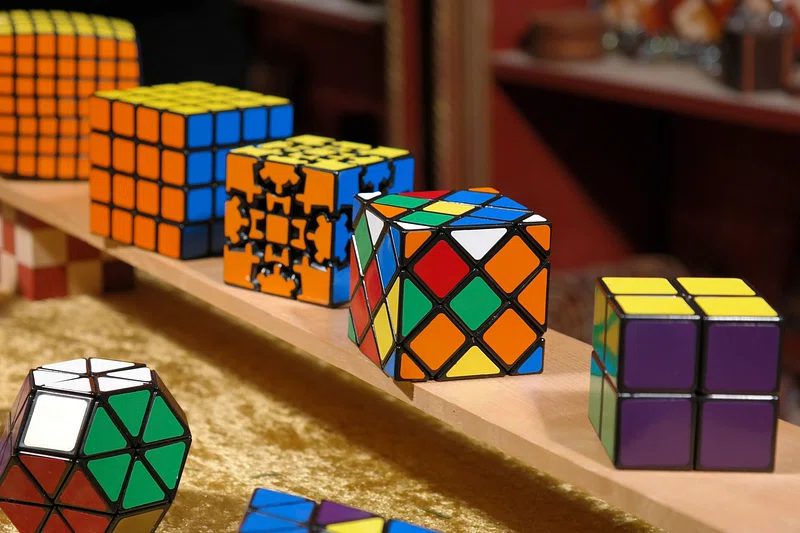
Six colored faces, 43 quintillion possible combinations, and only one correct solution – the Rubik’s Cube turns mathematical complexity into addictive play. Hungarian professor Ernő Rubik’s 5.5 cm pocket-sized puzzle sold over 350 million units despite most buyers never solving it. What appears simple – aligning colors on all sides – becomes a mind-bending challenge that created a subculture of speedcubers who solve it blindfolded in seconds. It transformed from toy to cultural icon of intelligence, though casual users typically abandon it after a few sessions. Enduring popularity has spawned countless competitions and collector variations that command impressive prices.
13. Nerf Ball (1970)
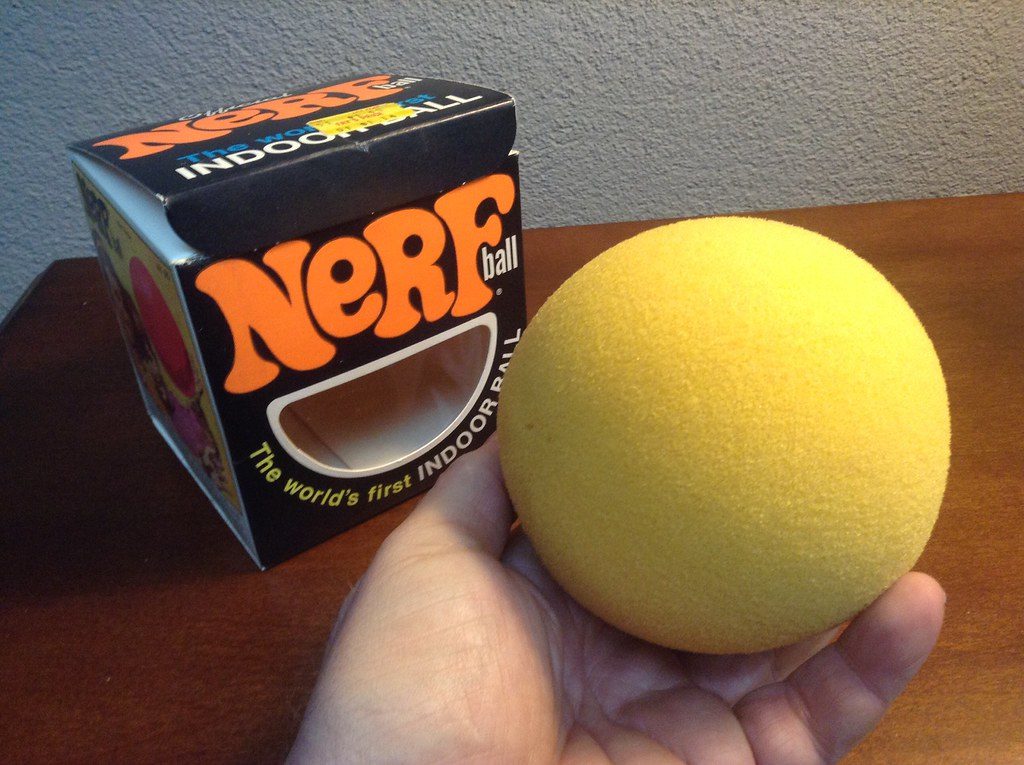
Broken windows and indoor ball bans plagued active kids until Nerf’s foam revolution made high-energy play parent-approved. Constructed from non-toxic foam specifically engineered for safety, Nerf started simple but evolved into an arsenal of increasingly complex blasters. Durability lets it withstand rough treatment better than traditional balls, though foam construction limits throwing distance. The brand walks the line between perceived danger and actual safety, letting kids experience projectile play without causing parental panic. Constant innovation keeps Nerf relevant decades after its humble beginnings.
12. Etch A Sketch (1960)
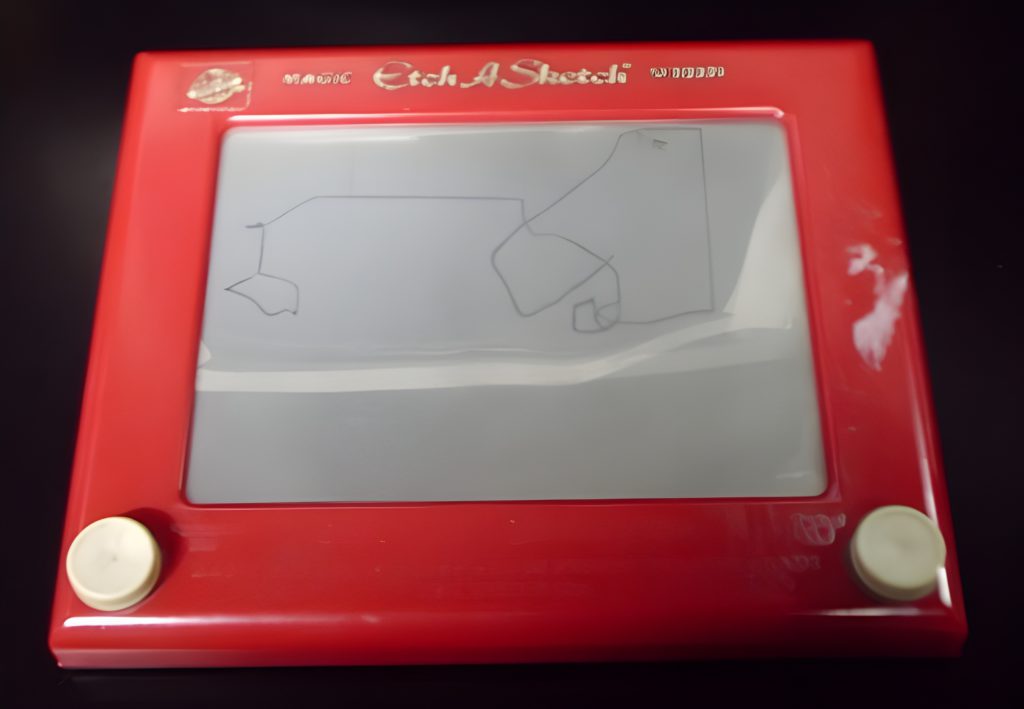
When erasing mistakes becomes as satisfying as creating art, the Etch A Sketch turns limitations into creative possibilities. Manipulated by a stylus inside a sealed screen, this ingenious aluminum powder system forces creative problem-solving and develops fine motor skills. Many users find the powder difficult to control with precision, yet that satisfying shake-to-erase function provides the ultimate do-over that kids crave. The internal mechanism risks damage if dropped, but its unique drawing experience has kept it relevant for over 60 years.
11. Hot Wheels (1986)

If you’ve ever dreamed of owning a supercar collection, Hot Wheels shrinks that fantasy to pocket size without diminishing the thrill. Mattel’s die-cast vehicles merged collectibility with actual play value, unlike many modern items meant only for display. Their track system transformed simple toy cars into physics experiments about momentum and gravity, though most elaborate setups end up dismantled within days. With an affordable $1-2 price point, these miniatures became accessible entry-level collectibles for kids while satisfying more serious collectors with detailed designs. Constant new model releases keep enthusiasm fresh decades after introduction.
10. Barbie Doll (1959)

The Barbie doll’s endless career wardrobe – from astronaut to zoologist – expands children’s imaginations beyond domestic play. This 11.5-inch fashion icon has sold over 1 billion dolls worldwide while existing in cultural limbo – criticized for promoting unrealistic body standards yet praised for encouraging imaginative role-play. Her staying power comes from constant reinvention, evolving with cultural conversations about women’s roles. An extensive accessory ecosystem creates immersive play possibilities, though costs add up quickly. Despite controversy, Barbie remains a cultural touchstone that’s evolved alongside changing social values.
9. Teddy Bear (1902)

The Teddy Bear remains the ultimate emotional anchor, providing comfort through childhood fears and life transitions for over a century. Named after President Theodore Roosevelt following a famous hunting incident, this plush companion hasn’t fundamentally changed in 120+ years. The teddy bear pioneered the concept of toys with personalities through a simple design that invites emotional projection, making it both play object and comfort item. Soft construction ensures safety for all ages, while friendly appearance appeals across cultural boundaries. Few toys achieve such universal appeal or maintain relevance for over a century without significant redesigns, proving that emotional connection outweighs technological innovation in lasting appeal.
8. The Birth of Football (1874)
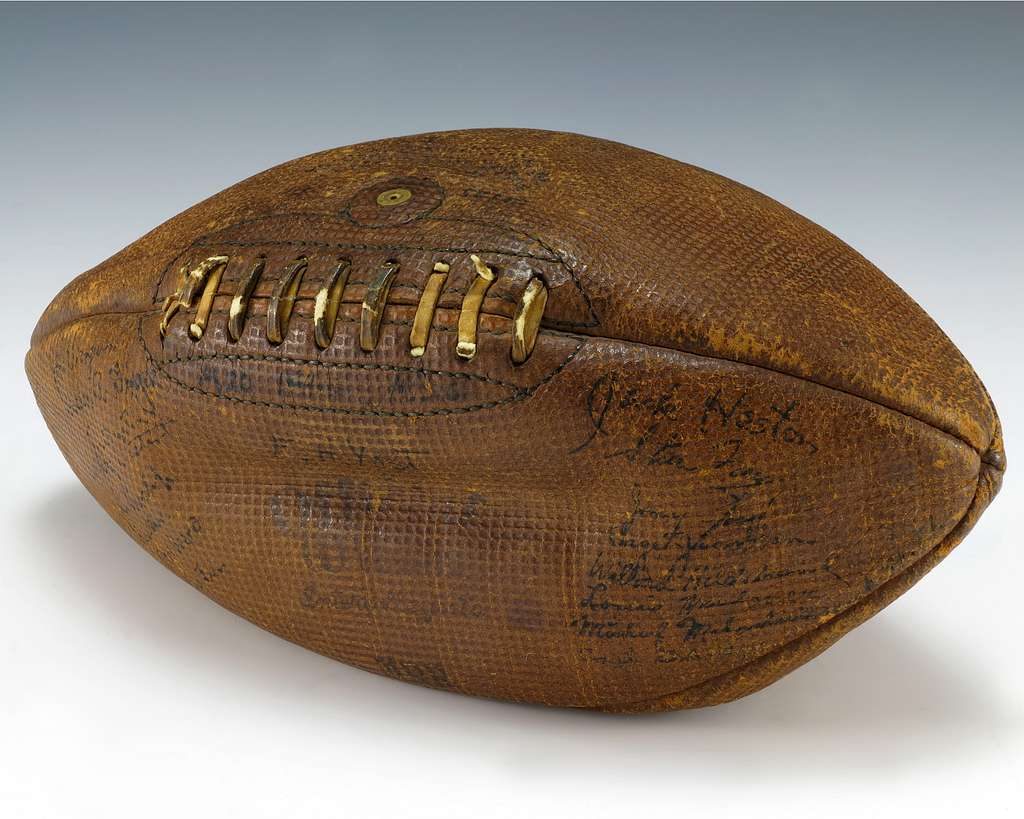
Neighborhood kids needed more than sticks and stones for organized play, and the football created instant structure and teams without requiring special equipment. Originally designed to resemble a watermelon, the 1874 football with leather casing and inflated pig bladders bears little resemblance to today’s precision-engineered spirals. This sporting equipment created not just a game but entire rituals of backyard play connecting generations through casual pickup games. From crude leather pouch to modern sporting equipment, the football’s evolution mirrors the game’s transformation from neighborhood pastime to cultural phenomenon that brings families together during major sporting events and casual weekend gatherings.
7. Crayons: The Colorful Companion (1903)
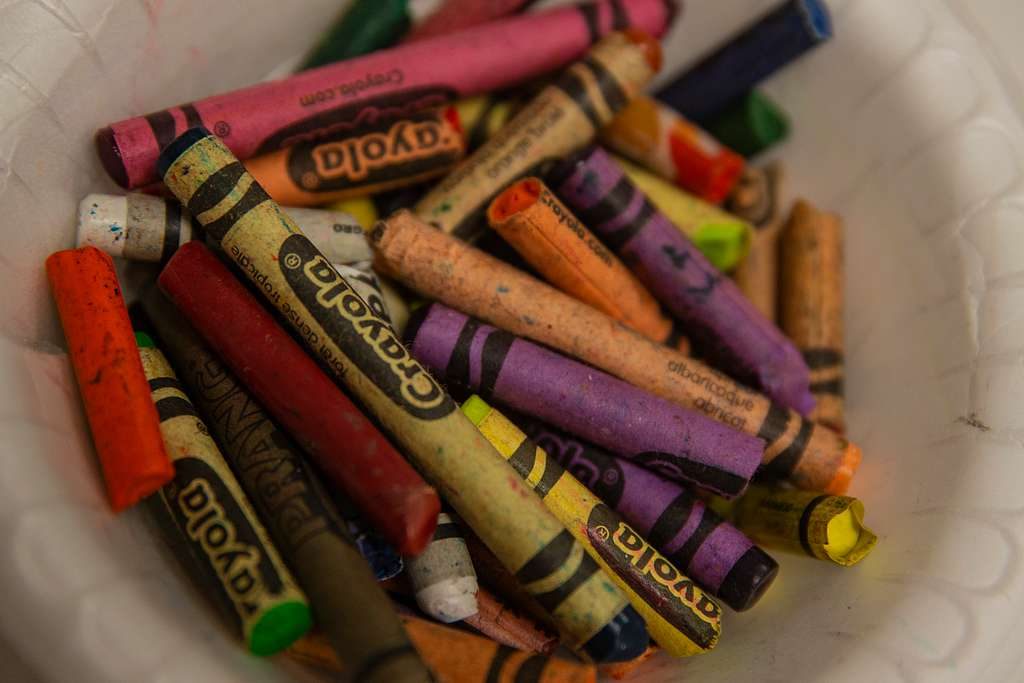
Confronted with blank paper, children found their creative voice through crayons, transforming imagination into vibrant reality at an affordable price. These simple wax sticks appeared in 1903 and put artistic expression within reach of children across economic lines. Crayons connect fine motor skill development with creative expression, their distinctive smell triggering nostalgia in adults worldwide. Accessibility remains their superpower – cheap enough for mass distribution while durable enough to survive preschool handling. Their non-toxic formulation makes them safe for young artists, though waxy residue becomes the bane of parents finding melted remnants in car seats and pockets. And yes, in a pinch, they function as emergency candles.
6. Lincoln Logs: Building Dreams (1916)

The simple notched design of Lincoln Logs teaches structural engineering while connecting children to America’s pioneering spirit. Contrary to popular belief, these miniature logs weren’t named after President Lincoln but drew inspiration from architecture of the era when introduced in 1916. The set develops spatial reasoning skills while subtly imparting lessons about balance and stability. Wooden construction delivers a sensory experience plastic alternatives can’t match. Open-ended building possibilities encourage creativity, though modern kids accustomed to instant digital gratification sometimes lack patience for the methodical stacking process required for stable structures.
5. The Yo-Yo: A Timeless Classic (1920)

If you’ve ever craved the satisfaction of mastering a difficult skill, the yo-yo’s simple string-and-disk design offers visible progress through persistence. Dating back to 500 BCE China, this ancient toy found modern popularity through Duncan’s mass production in the 1920s. The yo-yo strikes a perfect balance between simplicity and skill progression – easy to start yet difficult to master. Physics-defying tricks create moments of wonder as children discover they can make objects seemingly defy gravity through practiced manipulation. Affordability breaks down economic barriers to entry, though mastering techniques requires persistence many modern kids lack. The satisfaction of landing a difficult trick after practice delivers rewards missing from instant-gratification toys.
4. Raggedy Ann: A Doll with a Story (1921)
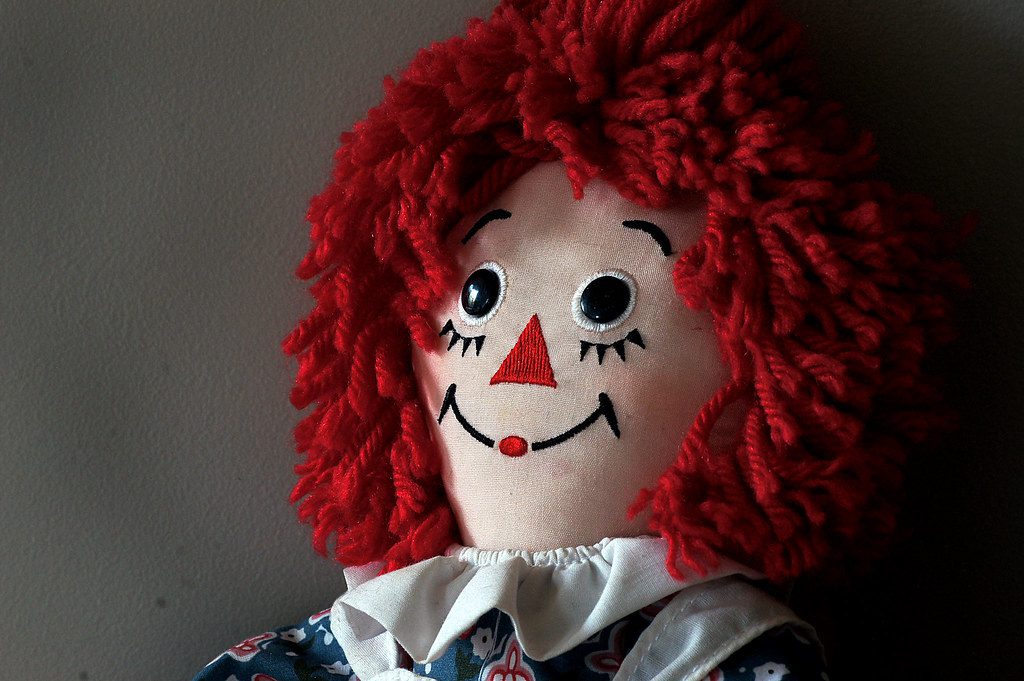
Raggedy Ann’s deliberately imperfect stitching and homemade charm challenged the growing commercialization of childhood with simplicity and storytelling. Introduced in 1921 based on a character from popular literature, this stitched cloth doll with yarn hair marked a shift toward narrative-based playthings. Unlike fashion dolls, her simple design emphasizes imagination over appearance, encouraging kids to project personalities rather than admire features. Soft construction ensures safety for younger children, while distinctive appearance creates instant recognition. Ann’s enduring appeal demonstrates how background stories enhance toy value beyond physical attributes.
3. The Rise of Silly Putty (1943)

Silly Putty’s contradictory properties – bouncing like rubber yet flowing like liquid – turn basic chemistry lessons into tactile entertainment. An accidental discovery during wartime research in 1943 shows how play emerges from unexpected places. Originally developed as a rubber substitute during World War II, it gained popularity for its newspaper ink-lifting ability, making it an analog screen capture tool before digital technology existed. Children instinctively explore material science without realizing they’re learning about non-Newtonian fluids. Endless malleability provides sensory stimulation and stress relief, though it quickly attracts lint and hair, shortening its useful lifespan.
2. The Slinky: A Classic Toy (1945)

The challenge of creating movement from a stationary object found its solution in the Slinky’s hypnotic stair-walking motion. Accidental discovery transformed a tension spring into one of history’s most recognizable toys when it fell from an engineer’s desk in 1945. The Slinky demonstrates potential-to-kinetic energy conversion through simple observation, teaching physics concepts without trying. Affordability makes it accessible across economic boundaries, though inexperienced hands quickly tangle its coils. The toy’s simplicity crosses age barriers while still capturing attention in our distraction-filled modern era. Slinky proves that basic mechanical principles often create the most fascinating play experiences without requiring batteries or screens.
1. The Evolution of Video Games (1972-Present)
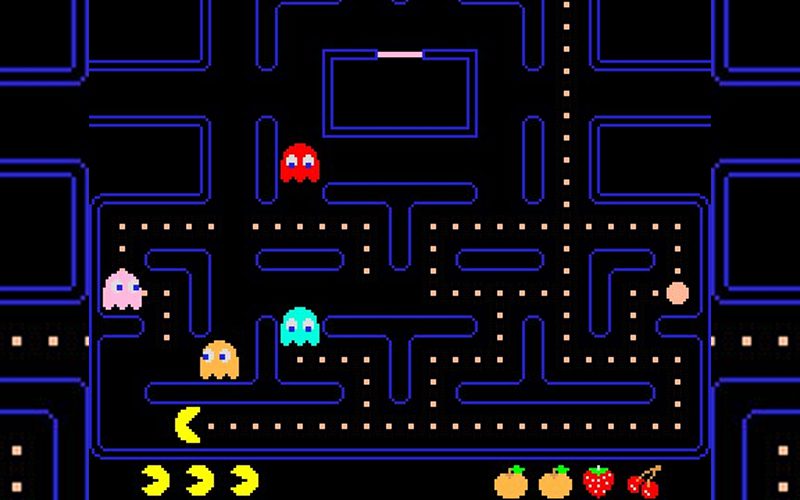
When children step into digital worlds, video games transform passive entertainment into interactive adventures that evolve with each technological leap. Early titles like Pac-Man offered addictive gameplay with 8-bit graphics and simple sound effects. Modern games like Red Dead Redemption 2 create photorealistic worlds with complex narratives across 60+ hour storylines. This progression tracks society’s increasing comfort with virtual experiences, though core appeal remains constant – mastery, discovery, and overcoming challenges within defined rule systems. While digital games offer unprecedented immersion, they raise concerns about screen time and social interaction that traditional toys never faced in previous generations.








